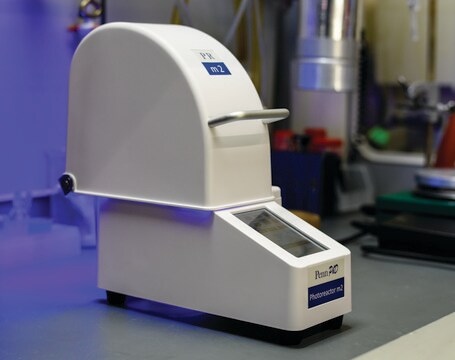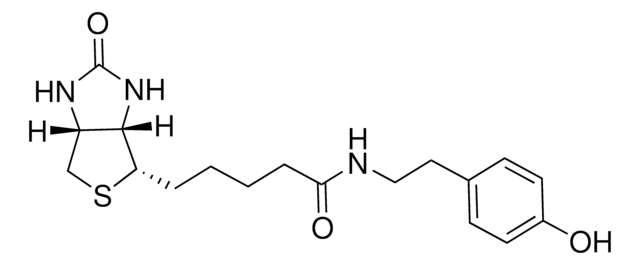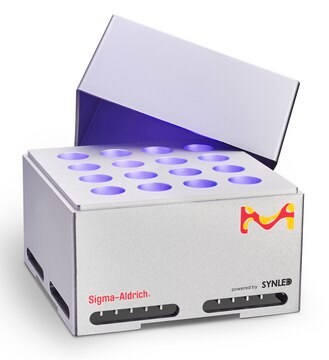EZBRAIN42
Human Amyloid β42 ELISA Kit
measures and quantifies Amyloid β42 levels in 50 μL tissue or cell lysates
About This Item
Polecane produkty
product name
Human Amyloid β42 Brain ELISA, This Human Amyloid β42 Brain ELISA is used to measure & quantify Amyloid β42 levels in Neuroscience research.
Poziom jakości
reaktywność gatunkowa
human
opakowanie
kit of 1 × 96 wells
Parametry
50 μL sample volume (Overnight assay)
assay range
sensitivity: 8 pg/mL
(lowest level of Amyloid β1-42 standard; 50 μL sample size)
standard curve range: 16-500 pg/mL
metody
ELISA: suitable
moc wejściowa
sample type tissue/cellular lysate
Zastosowanie
research use
metoda wykrywania
colorimetric (450nm/590nm)
Warunki transportu
wet ice
temp. przechowywania
2-8°C
informacje o genach
human ... APP(351)
Opis ogólny
Specyficzność
Zastosowanie
Neuroscience
Alzheimer′s Disease
Przechowywanie i stabilność
Inne uwagi
Oświadczenie o zrzeczeniu się odpowiedzialności
polecane
Hasło ostrzegawcze
Warning
Zwroty wskazujące rodzaj zagrożenia
Zwroty wskazujące środki ostrożności
Klasyfikacja zagrożeń
Aquatic Chronic 3 - Met. Corr. 1 - Skin Sens. 1
Kod klasy składowania
8A - Combustible corrosive hazardous materials
Certyfikaty analizy (CoA)
Poszukaj Certyfikaty analizy (CoA), wpisując numer partii/serii produktów. Numery serii i partii można znaleźć na etykiecie produktu po słowach „seria” lub „partia”.
Masz już ten produkt?
Dokumenty związane z niedawno zakupionymi produktami zostały zamieszczone w Bibliotece dokumentów.
Nasz zespół naukowców ma doświadczenie we wszystkich obszarach badań, w tym w naukach przyrodniczych, materiałoznawstwie, syntezie chemicznej, chromatografii, analityce i wielu innych dziedzinach.
Skontaktuj się z zespołem ds. pomocy technicznej










